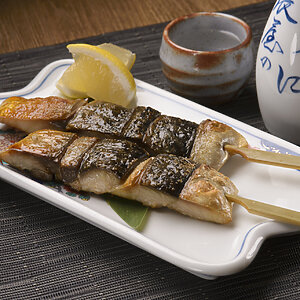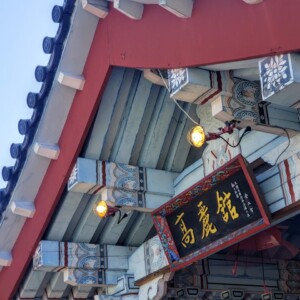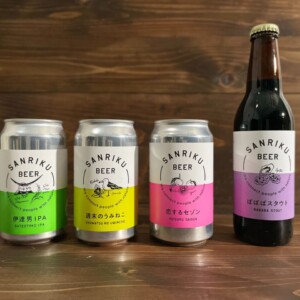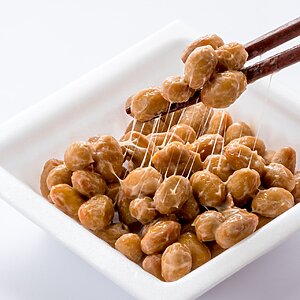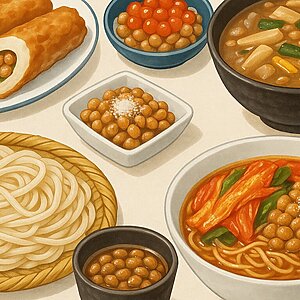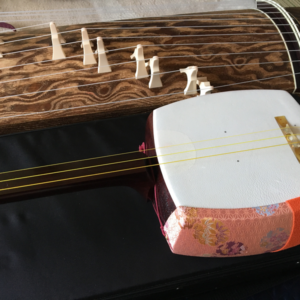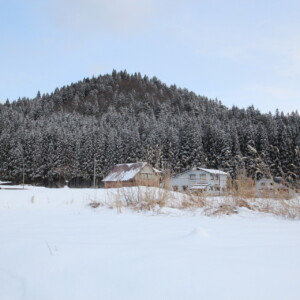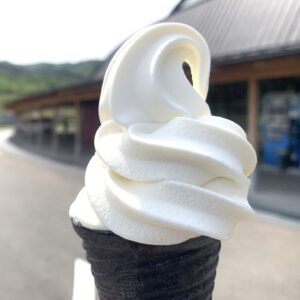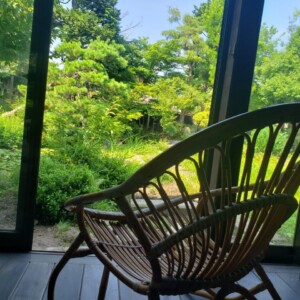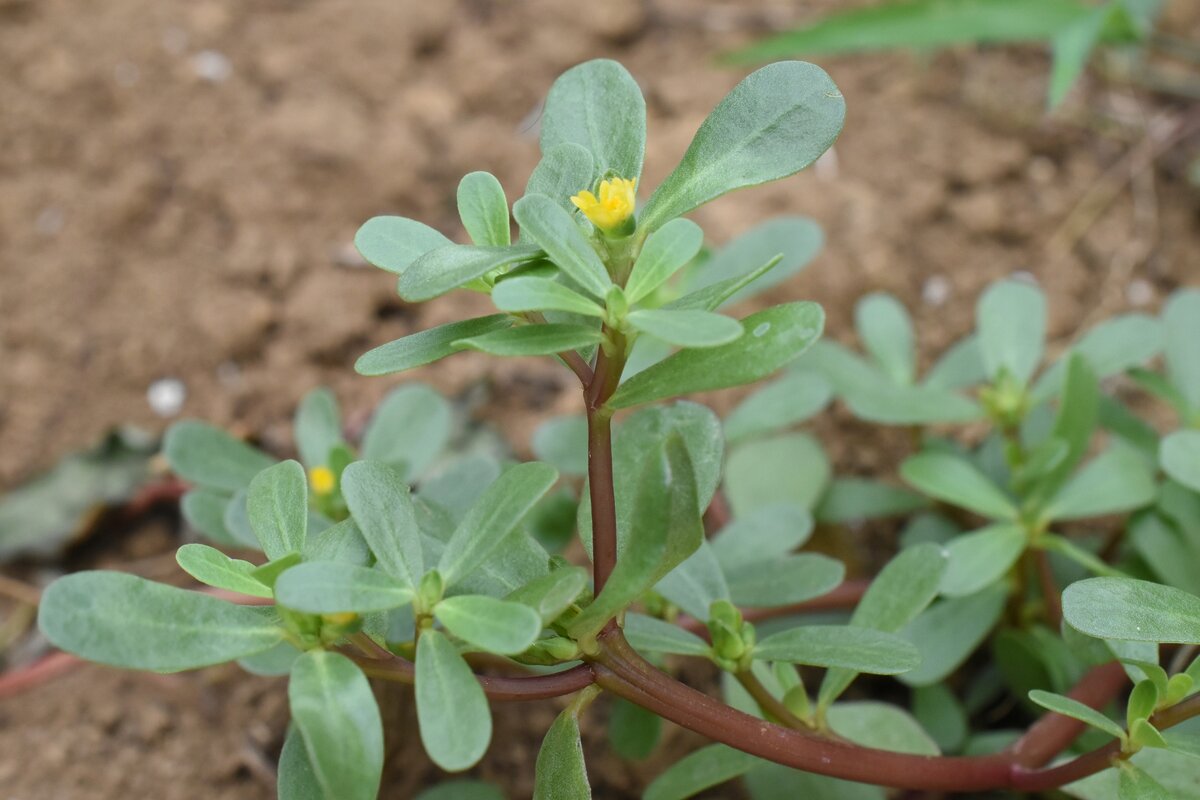
Is Hyo, a mysterious ingredient in Yamagata Prefecture, a vegetable? weed? Its true identity is "purslane"!
table of contents
One of the ingredients that has been featured on a certain TV program in the past and became a hot topic is called a dialect They were surprised, saying things like, "Yamagata residents eat weeds."
It's true that ``Hyo'' is very common and is sometimes treated as a nuisance in the fields, but it's actually quite delicious. How do we eat it? We say it's familiar, but what is it really like?
This time, I will answer that question and introduce it to you.
What is Hyō's real name? Are weeds real?
Many people may know about portulaca, a horticultural species of "purslane." In the first place, "hyo" is a dialect of Yamagata Prefecture and its official name is "purslane.
The most likely theory is that purslane became known as "hyo" by the fact that the purslane became "hyo"
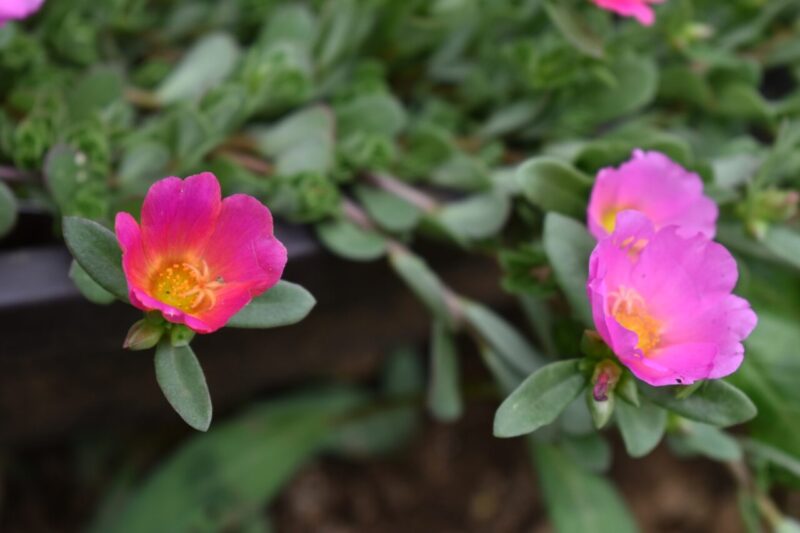
It is true that in Japan it was treated as a weed and was considered a nuisance in the field, but it has been considered edible worldwide for a long time and has been used in Chinese herbal medicine. that in France and other markets, it is sold in the same name as other vegetables as other vegetables.
The fact that purslane has been eaten as food in the inland areas of Yamagata Prefecture for a long time, even though it is a nuisance to fields, may be surprisingly advanced... If I were to say things like ``Yamagata residents eat weeds,'' people from other countries might laugh at me.
It seems like it's being treated as a nuisance in the field, but...does it have any nutritional value?
Purslane is used in traditional Chinese medicine in China, probably because it is highly effective.
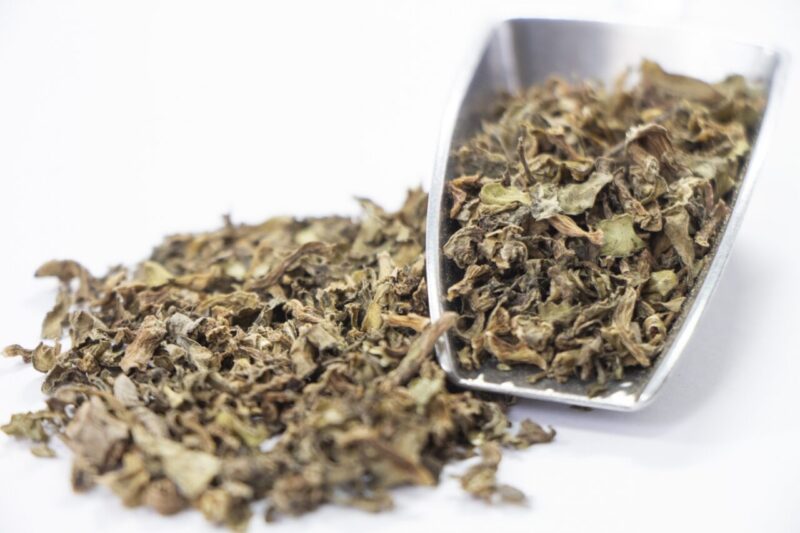
Potassium a typical nutrient found in purslane . It contains nearly 500 mg per 100g.
Potassium promotes the excretion of sodium (salt) and can be expected to have the effect of maintaining normal blood pressure for those who are concerned about salt due to hypertension. It also contains a lot of sodium, vitamin C and calcium.
Recently, it has attracted attention for its content of omega-3 fatty acids Purslane is familiar vegetable that is rich in nutrients
When is purslane season? How do you eat it?
Purslane grows rapidly from spring to summer, sometimes causing problems for field owners.
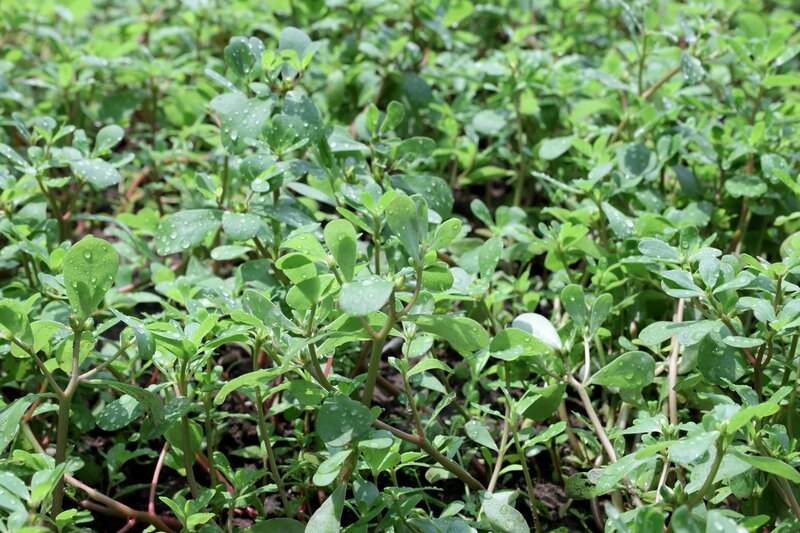
Although it doesn't seem to be cultivated in any particular way, I often hear people say, ``You plow a field, leave it for a while, and then go back and find that it's covered in purslane.'' Because of its ability to reproduce, it was probably called a weed and a nuisance to fields.
However, thanks to our ancestors who thought that if they were going to remove them as weeds, why not eat them anyway, it became a food culture that is still deeply rooted in the region.
How to eat deliciously?
A popular item is boiled and soaked. It is a classic dish to eat with spicy soy sauce. It is popular as a side dish or as a side dish for alcohol.
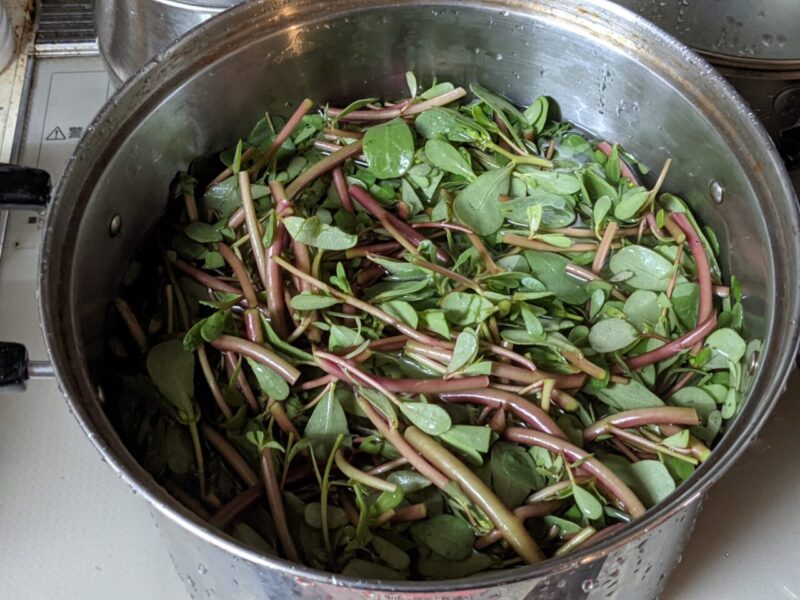
The slimy and unique texture makes you so delicious that you almost end up eating too much. Be careful not to eat too much as it also contains oxalic acid You should never eat too much anything.
Even in Yamagata Prefecture, in the snowy inland areas, especially in the Okitama region, they prefer to eat hail (purslane), which can be eaten before the crops in the fields are harvested.
I ate dried purslane on New Year's as a lucky charm, thinking that it might be a good thing to do. The method of eating is often boiled and then recycled before turning it into a stew.
Winter vegetables are valuable in snowy regions, so dried purslane was probably valued as a winter ingredient.

It's not suitable for eating raw, but it can be said to be a versatile vegetable that can be cooked in a variety of ways, such as boiled and mixed with a variety of dishes, stir-fried or stewed Namul and other dishes are also very tasty.
summary
"Purslane" suddenly became famous when it was featured on a certain TV program and was introduced nationwide as "Yamagata Prefecture people eat weeds," but in other countries it is called "Perslane". I learned that even the citizens of the prefecture did not know that they were openly sold as vegetables at the market.
Purslane, a grass that has been eaten since ancient times in Yamagata Prefecture, especially in the Okitama region, and which grows freely in fields, was once considered a weed, but now it can be found in supermarkets as a vegetable. I did.
Purslane, which is highly nutritious and can be used as a preserved winter food, may become popular throughout the country in the future.



![[Yamagata Prefecture] The season has arrived for wild plants and wild plants that can be enjoyed even in early summer, and for the classic grasses that are popular in Yamagata! Wild vegetables](https://jp.neft.asia/wp-content/uploads/2023/05/9fc28495ae1388adf8c06a4f1e4763e5-150x150.jpg)
![[Craft beer in Yamagata Prefecture] 7 local beers from the Fruit Kingdom! Cherry and apple beer too! craft beer](https://jp.neft.asia/wp-content/uploads/2022/07/2575878_m-150x150.jpg)
![Eating the flowers used in crests is "a special thing" | Enjoy autumn ingredients! [Yamagata Prefecture] PXL_20220922_055207530.MP](https://jp.neft.asia/wp-content/uploads/2022/10/PXL_20220922_055207530.MP_-150x150.jpg)
!["Rainbow Mart" is a kitchen for the citizens of Hirosaki, aiming to become a market that lasts for 100 years! [Aomori Prefecture] Rainbow Mart Image](https://jp.neft.asia/wp-content/uploads/2024/06/70674fb75478d9915b2d2e5f66076fd4-150x150.jpg)
![What is the famous Radium Egg of Iizaka Onsen? Don't underestimate it as just a hot spring egg [Fukushima Prefecture] 22632461_m](https://jp.neft.asia/wp-content/uploads/2024/05/22632461_m-150x150.jpg)
![Did you know? Fukushima is constantly creating new local specialties! 3 recommendations [Fukushima Prefecture] Colorful animal adventures](https://jp.neft.asia/wp-content/uploads/2025/10/ca7d2137d28078212f26e2c829ed65f8-1-150x150.jpg)
